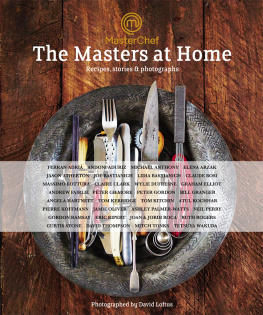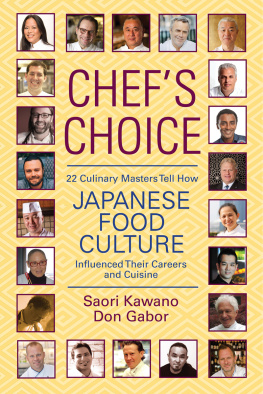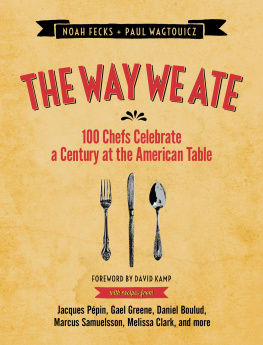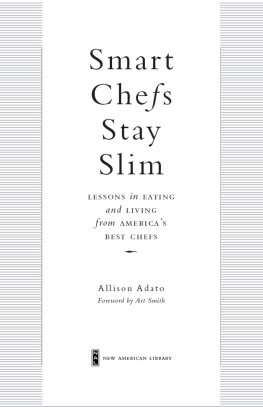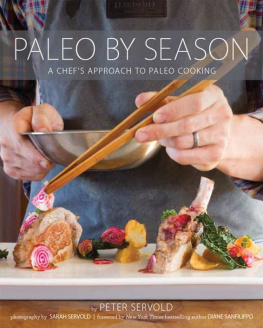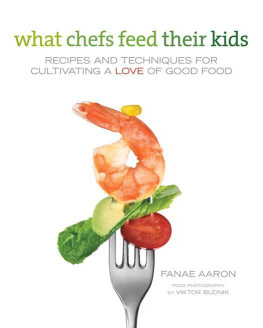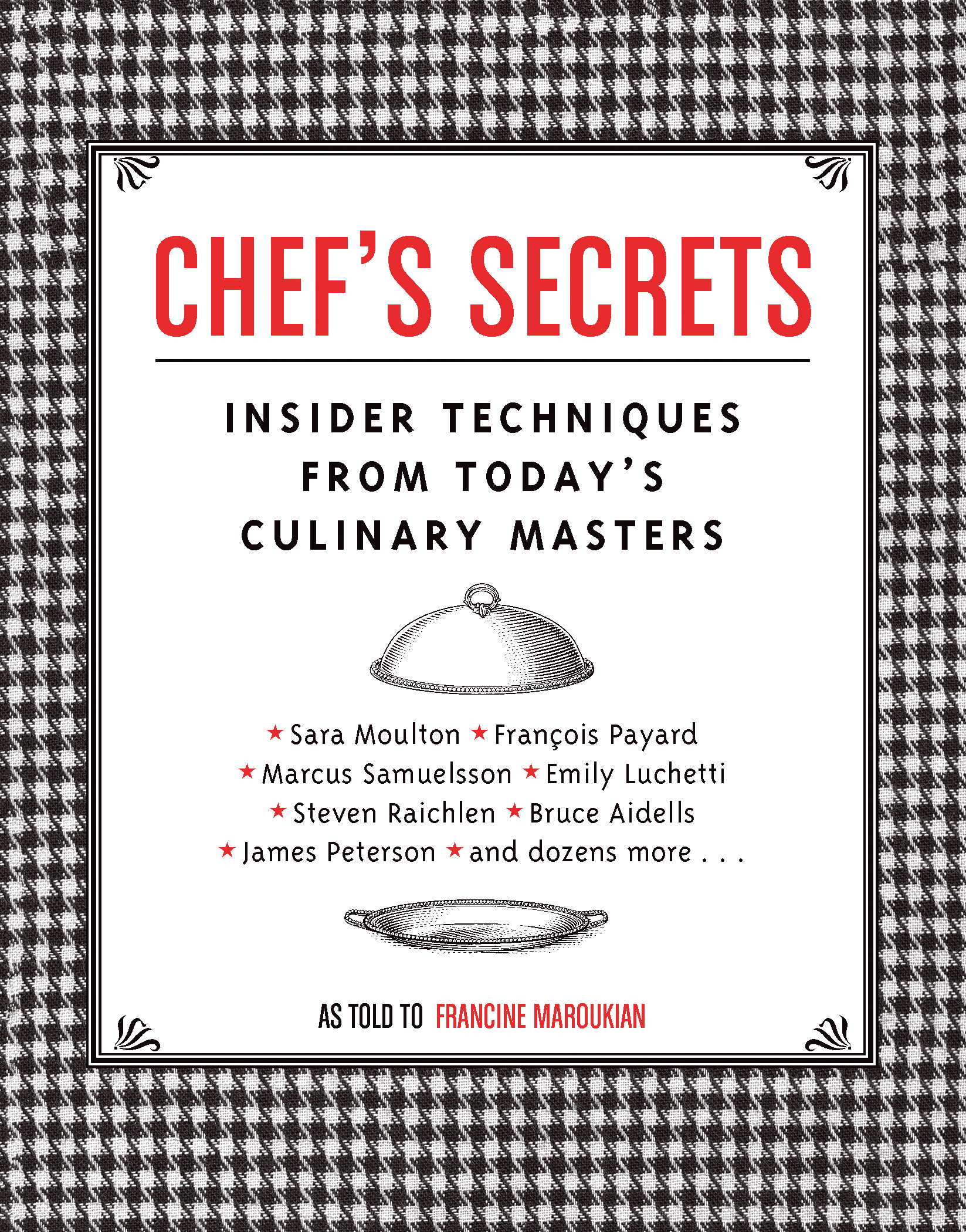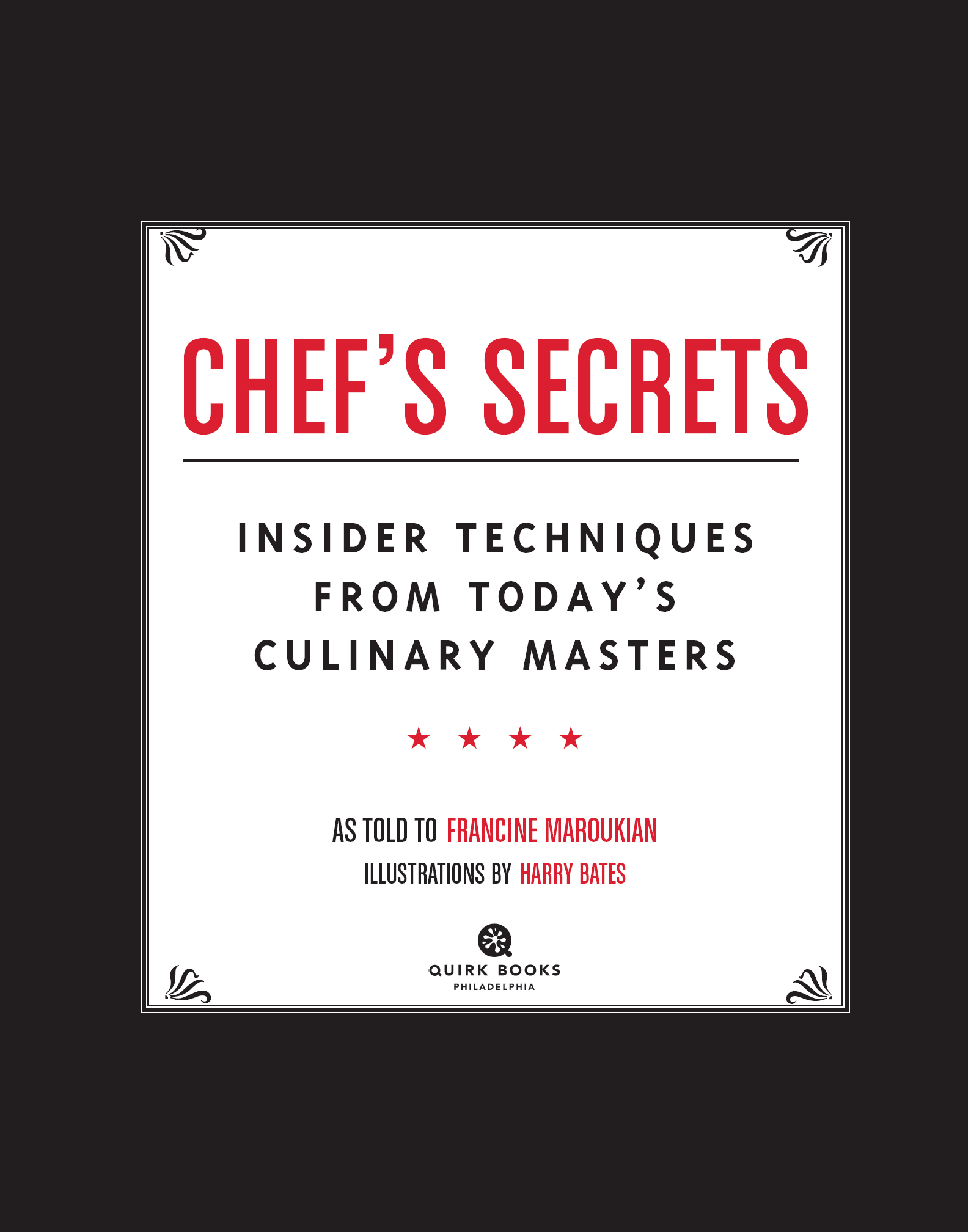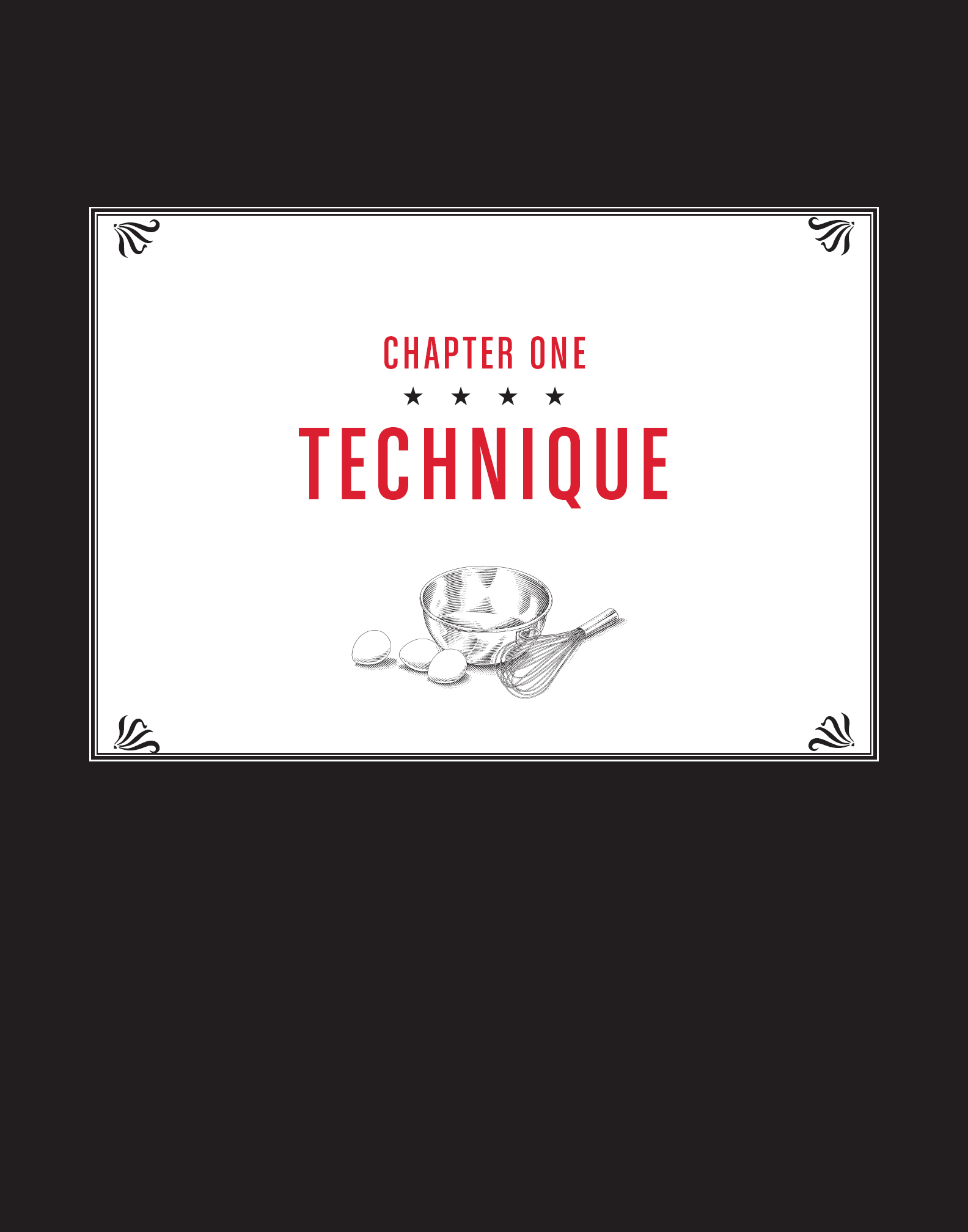Copyright 2004 by Francine Maroukian
All rights reserved. No part of this book may be reproduced in any form without written permission from the publisher.
Library of Congress Cataloging in Publication Number: 2004104631
ISBN: 978-1-59474-005-3
eBook ISBN: 978-1-59474-915-5
Designed by Bryn Ashburn
Quirk Books
215 Church Street
Philadelphia, PA 19106
www.quirkbooks.com
The recipe
v3.1
INTRODUCTION
When I started my New York City career as the catering director of the famous Silver Palate food store, the single most important piece of kitchen equipment in my life was the telephone. Despite what clients thought, I wasnt the catering chefI only planned the menus and showed up at the parties to make sure that all went well. When I left the Silver Palate to open my own business, I thought I would do the same thing: take the calls, sell the parties, and use the deposit money to pay other people to do the cooking. However, when the first request that came in was for a fruit and cheese party in the prestigious Enoteca of the Italian Trade Commission, I didnt bother hiring anyone else. Three years at Americas most important specialty foods store guaranteed that I could arrange platters with the best of them. The day the check from that job cleared the bank, I spread the money out on my desk and thought: I can do thisand if I cant, I should learn.
I toyed around with the idea of enrolling in cooking classes, but since my business appeared to be up and running, I settled for on-the-job training. Although my clients schooled me in the extravagances of Upper East Side etiquette, my practical culinary education came from the aspiring actors, singers, and other theatre gypsies who work as New Yorks freelance catering staff. During party season, if I was doing two jobs a week, they were doing ten. In an attempt to stockpile money for the slow months, catering waiters and kitchen people work doubles (lunch and a cocktail party or dinner) and sometimes even triples (throw in a corporate breakfast). Experienced in preparing and serving every kind of food for every sort of occasion, my staff arrived to work carrying not only the most fabulous gossip, but cooking tips they learned in many other kitchens. The first time one of them put a wet side towel under my cutting board, it was like a blow to my brain: Oh, thats how you keep the damn thing from sliding all over a distressed Italian blue pearl granite counter!
Passing cooking tips and shortcuts along (traditionally called trucs, which is French for trick) is part of the legacy of professional kitchens. Although the practice may be an old one, the standard for what constitutes a tip has changed over the last ten years. As legions of people grew more passionate about cooking, chefs tips became a regular feature on a network of food television shows, as well as in magazines and cookbooks. Telling someone to roll a lemon around on the counter to extract more juice doesnt really cut it any longer, and so the chefs in this book were asked to go a step beyond common cooking knowledge. Some of their secrets are easy, some are hard; some youll use, some you wont. And by no means is this one of those portentous encyclopedic volumes of every little thing. But, just as my catering staff did for me, these chefs will give you a behind-the-scenes peek into many different kitchens. Youre on your own for the gossip.
AUTHORS SECRET: HOW TO CLEAN AND CHOP PARSLEY
In catering, there are some things you do as a matter of habit while setting up for every job: (1) make sure you have enough paper towels and trash bags, (2) cut lemons and limes for the bar, and (3) fine chop a pile of flat-leaf, or Italian, parsley. There is no telling how much parsley I have chopped in my career: We used it to add flavor, color, and a little freshness to almost every savory dish. In a way, you could say that chopped parsley is the little black dress of cateringit can cover a multitude of sins and goes with almost everything. I used to painstakingly wash and dry the parsley before chopping (which took forever because the leaves have to be bone-dry) until one of my waiters showed me this secret. Suddenly what used to take thirty minutes and a lot of counter space was reduced to five minutes and an area the size of a cutting board.
STEP ONE: Using one hand, gather the leafy ends of the parsley into a ball, rest it on a cutting board, and chop off the stems.
STEP TWO: Loosely holding the leafy ends together, bring the knife down across the ball several times to coarsely chop it. When the parsley is laying almost flat on the board (it will easier to manage when it loses its spring), the fine chopping can begin.
STEP THREE: Fine chop the parsley. Holding the tip of the knife with one hand (for balance, not pressure), start to chop, moving the blade of the knife in a rapid up-and-down motion (staccato) while moving the handle of your knife from side-to-side in an arc shape. Every ten or twelve chops, use the side of the blade to scrape the parsley back into a mound. Continue until the parsley is finely chopped.
STEP FOUR: Wash the parsley. Using the side of the blade like a spatula, transfer the chopped parsley to the center of a clean kitchen towel. Gather the ends together, slide your hand down to create a tube, and twist the towel until it forms a sealed ball around the parsley. Place the parsley ball under cool running water and let the water wash through the parsley ball until it runs pale (instead of bright) green. Wring the parsley ball (right through the towel), twisting out any extra water.
STEP FIVE: Place the towel in the middle of the cutting board and unwrap the ball. You will have a mound of finely chopped, perfectly clean, dry and fluffy parsley. Transfer to a small bowl and use to start your own catering business.




